- Home
- Peter Corris
Mad Dog Moxley
Mad Dog Moxley Read online
PETER
CORRIS
MAD
DOG
WILLIAM CYRIL
MOXLEY AND
THE MOOREBANK
KILLINGS
A NewSouth book
Published by
NewSouth Publishing
University of New South Wales Press Ltd
University of New South Wales
Sydney NSW 2052
AUSTRALIA
www.newsouthpublishing.com.au
© Peter Corris 2011
First published 2011
10 9 8 7 6 5 4 3 2 1
This book is copyright. Apart from any fair dealing for the purpose of private study, research, criticism or review, as permitted under the Copyright Act, no part of this book may be reproduced by any process without written permission. Inqniries should be addressed to the publisher.
National Library of Australia
Cataloguing-in-Publication entry
Author: Corris, Peter, 1942-
Title: Mad Dog: William Cyril Moxley and the Moorebank killings/ by Peter Corris.
ISBN: 9 781 74223 286 7 (hbk.)
Series: Historical crime; 1.
Subjects: Moxley, William Cyril d. 1932.
Murderers - New South Wales - Moore bank.
Murder - New South Wales - Moorebank.
Moorebank (NSW).
Dewey Number: 364.1523
Design Di Quick
Cover design Sandy Cull
Cover photo William Cyril Moxley, 12 February 1923, courtesy Justice & Police Museum (see Image Credits for details)
Author photo Lorrie Grahame
Endpaper map David Atkinson, handmademaps.com
Printer Everbest
This book is printed on paper using fibre supplied from plantation or sustainably managed forests.
All reasonable efforts were taken to obtain permission to use copyright material reproduced in this book, but in some cases copyright holders could not be traced. The author welcomes information in this regard.
For Evan Whitton
CONTENTS
Acknowledgments
Author's note
Introduction
The killing
Sydney in the s
The killer
Scenes from a criminal life
The hunted and the hunters
Caught
Fugitive scenes
The other man
Footprints and a conversation
His Majesty's pleasure
The trial (1)
Jug ears
The trial (2)
Aftermath
The appeal
The carpenter of Malabar
The waiting
Salvation?
Hanged by the neck
Postscript
Appendix
References
Image credits
ACKNOWLEDGMENTS
Thanks to Jean Bedford for support in the planning and writing of this book at every stage. Thanks also to Chris Corris, Miriam Corris, Ruth Corris, Barrie Hungerford, Doreen Johnston, Tom Kelly, Beverley Kingston, Dr Monica Lahra, Michelle Murray, Michelle Nichols, Elizabeth O'Brien, Jessica O'Donnell, Judge Greg Woods.
Special thanks to Christine Yeats and staff at the NSW State Records office and to Holly Schulte and Caleb Williams at the Justice & Police Museum, Sydney.
AUTHOR'S NOTE
Parts of this book are reconstructions based on official records, newspaper accounts and other contemporary sources.
INTRODUCTION
I was casting about for a subject for a novel. I thought of James M Cain's classic The Postman Always Rings Twice and wondered if the idea of having a condemned murderer muse over his circumstances might work in an Australian context. As Sydney is the city I love and most enjoy writing about, I thought I had better find out about executions in New South Wales which, I imagined, had gone on until the 1950s. I found a remarkable website that listed all executions in Australia from 1880 until the last - that of Ronald Ryan - in Victoria in 1967. To my surprise I found that there had been no executions in New South Wales after 1939.
One of the last executions caught my eye. William Cyril Moxley killed two people, a man and a woman, in a particularly brutal fashion in April 1932. He was tried in June and executed in August that same year. Given the savagery of the crime and the swiftness of the punishment, I was surprised that nothing of any substance had ever been written about it. As I read the contemporary newspaper reports, the idea of writing a novel fell away; this case was so compelling in its detail that I was impelled to write what really happened.
More than 60000 Australians were killed in World War I and many others who served died prematurely in the years following the war. Over 12 000 Australians died in the influenza epidemic of 1918-19. A walk among the graves in any cemetery reveals early deaths of adults and frequent deaths of children in the first decades of the 20th century far in excess of what is common today. It was not unusual for families from any station in life to lose one or more children in infancy. In 1900, male and female life expectancy was approximately 55 and 59 years. This figure increased as the century progressed, but slowly and irregularly. Early death was a common occurrence in this period.
But awareness of life's fragility provided no emotional buffer to the people of Sydney for the deaths in 1932 of Dorothy Ruth Denzel and Frank Barnby Wilkinson. Aged 21 and 26 respectively, they were shot and killed; Dorothy Denzel was raped and the heads of both were battered beyond recognition. The crime happened in Moorebank, then a semi-rural area on the outskirts of the growing metropolis of Sydney. The couple had lived in Burwood and Strathfield, safe suburban enclaves, distant from the supposedly crime-ridden stews of inner-city areas like Darlinghurst and Redfern.
The killing and subsequent events provided ongoing and compelling copy for the major Sydney newspapers, the Sydney Morning Herald and Daily Telegraph, weeklies like the Bulletin and Smith's Weekly, and other papers like the Labor Daily. Because events took on a dramatic shape, with the police announcing the disappearance of the couple, then the discovery of clues, then the identification of a suspect, his capture and trial, the story attracted the attention of newspapers in Newcastle, Wollongong, Canberra and Melbourne, and a large press contingent, anxious for quotes and photographs, pursued the police and crowded the courtrooms for the inquest and trial.
The father of Frank Wilkinson offered a reward of £200 for information leading to the discovery of the missing couple - an immense sum at the high point of the Great Depression. Scores of people joined in the hunt, not all motivated by the reward. As the headlines employed terms such as ‘fiendish’ and ‘revolting’, many people felt that the city itself was sullied by the incident and needed to be purified.
The Sydney police force was not widely popular in the 1930s. The excesses of the murderous ‘razor gang’ era, which ended around 1929-30, had cast doubt over its competence; furthermore, its role in enforcing evictions and repossessing property just as the Depression bit hard created an ‘us’ and ‘them’ feeling about the force in the minds of many. The Moorebank killings and their aftermath provided the police with a much-needed positive result. But had the public known more about the connections between the police and its informers (something utterly suppressed at the trial), it might have been less impressed, for the perpetrator was a long-time police ‘fizz-gig’, fully documented in police files.
The 1930s is a well-documented period in Sydney's history: the Sydney Harbour Bridge was finished, a rail link to Brisbane was established, an underground rail network was begun and a state premier was dismissed by a governor, while thousands of the city's citizens were living on the breadline. These events and circumstances form a background to what mig
ht be termed a Depression tragedy. The abundance of material in newspapers and - after a lapse of almost 80 years - the availability of trial, police and prison records have made it possible to trace this tragedy in detail.
When the Berlin Wall came down, some writers predicted the end of the espionage story. They were wrong. Similarly, as capital punishment progressively fell into disuse in the United Kingdom and British commonwealth countries, commentators speculated that the crime story would decline for lack of a dramatic ending. Again, they were wrong. But it is undeniable that the prospect of the perpetrator being hanged by the neck until dead focuses the attention of everyone involved in the justly named capital crime: the grieving survivors, the police, lawyers, the opponents and supporters of both the perpetrator and the execution. And so it was for me in pursuing the case of the Moorebank killings.
THE KILLING
I found some shattered bone,
22 grains of shot, cardboard used
in cartridges and a considerable
quantity of congealed blood.
DETECTIVE THOMAS HILL
Dorothy Denzel is a nursemaid. It is 1932 and there are nursemaids, charged with the care of young children, in upper middle-class houses. She is 21 years old, single but with a boyfriend. At a little after 8 pm her employer, Alice Victoria May Thomas of Clifton Avenue, Burwood, bids Dorothy goodnight as she leaves the house to join her boyfriend, waiting in his car out on the street. Dorothy is tall at 178 centimetres; she weighs 67 kilograms and is athletically built. She is good-looking with strong but harmonious features and dark hair. She has won a local beauty contest recently and a photograph shows her looking proud in her regalia. Tonight she wears a blue dress and a beret, which her employer later describes as quite like a beret of her own ‘but of an inferior weave’.
DOROTHY DENZEL IN HER REGALIA AS QUEEN OF THE HAWKESBURY
DOROTHY RUTH DENZEL
FRANK BARNBY WILKINSON
Dorothy is a well-known figure in her home town of Windsor. She has won awards for civic duties and has worked at various jobs in the Windsor area to everyone's satisfaction. Probably she has taken the job in Burwood to be closer to the attractions of the city and to her boyfriend, Frank Wilkinson.
Frank is 25 and works as a compositor at Fairfax, the newspaper publishers. He drives a red Alvis, a sporty two-seater with a dickie seat. Frank has prepared for the outing by bringing along a rug. He is a keen sportsman with a build more suited to tennis or golf than to football. He is, in fact, a little shorter than Dorothy at 175 centimetres and slighter at 64 kilograms.
They drive to a secluded spot near the Strathfield golf course, a popular lovers’ lane. Today this area features sculptured parkland with a playground, and the golf course is protected by a high cyclone fence; but in 1932 the area is rougher, grassy with trees. The adjoining streets, today packed tight with standard suburban houses, are unpaved, and the few houses are separated by many vacant blocks and paddocks.
Dorothy and Frank have been keeping company for some time. Their families expect an engagement soon. In an Australia being knocked sideways by the Great Depression, they are a favoured couple – attractive, healthy and, above all, employed.
Arriving at their chosen spot, one they have visited often before, they spread the rug on the ground. It is early April and getting dark in these times before daylight saving, but the air is still mild after a balmy Sydney day. It is a straightlaced time and they are respectable people – Dorothy's father is a garage proprietor and Frank's a storekeeper. They sit rather than lie. They kiss. They talk.
A hundred yards away, a man pulls up in a truck. He has probably done before what he is planning to do now. He comes from the shadows. He studies the car and the couple. He puts a hessian bag with eye-holes cut out over his head, forming a sinister mask. He carries a double-barrelled shotgun. He advances on the couple, threatens them with the gun and demands money. Dorothy is first to recover from the shock. She reaches into the pocket of Frank's jacket, takes out some coins and offers them. It is only a few shillings and the man is not pleased. He demands more. Frank jumps to his feet, ignores the gun and attacks, tearing the mask away.
The man is a little taller and heavier than Frank – more Dorothy's size in fact – but he is strong from years of hard physical work. He punches Frank then knocks him out with the butt of the shotgun. Dorothy is now terrified and paralysed. The man forces her to the ground, tears a strip from the rug and ties her hands. He does the same to the unconscious Frank. If Dorothy screams there is no one to hear her.
With the shotgun at the ready, the man forces Dorothy into the passenger seat of Frank's car. He then drags the inert Frank across the grass and manhandles him into the dickie seat where he slumps, almost out of sight.
In 1932 there is much less traffic on the roads than today, fewer traffic lights, fewer chances for the abduction to be observed. The man drives the Alvis to Moorebank, an area he knows well from his work as a timber cutter and as a former resident. He knows of an unoccupied cottage on Illawarra Road; he has applied unsuccessfully to rent it. The cottage is at a distance from other houses, dilapidated, with overgrown surroundings and a derelict fence. Frank has regained consciousness but is groggy. The man threatens the young couple with the shotgun, prods them, forces them out of the car and through the weeds and bushes to the empty house, where he deposits Dorothy in a room and Frank in an adjoining shed. He uses Dorothy's stockings to tie her feet. He ties Frank's feet with strips of the rug.
He leaves them and drives a short distance in the Alvis before running out of petrol. It is the early hours of the morning and it takes him two attempts to find more; he pays for it with the money he has just stolen. He drives back to Strathfield, disables the truck for safety and returns to Moorebank. He returns to the house, where he rapes Dorothy.
In the shed he finds that Frank has managed to loosen his bonds sufficiently for him to stand and attempt to charge. They fight and the man injures his right hand when it hits something hard in the struggle. This enrages him – he makes his living with his hands. He beats and kicks Frank insensible and carries him out to the car. He returns to Dorothy, unties her and forces her through the overgrown garden to the car. He drives a short distance along Illawarra Road and takes a track branching off towards the Holsworthy Army Reserve. It is an area he knows well from cutting timber within its bounds. He pulls Frank – his hands tied behind his back and his legs trussed with strips of the travelling rug, string and a woman's stocking – from the car, carries him, then dumps him in a sitting position near a tree in some waist-high scrub a few yards from the track. He moves behind the young man and shoots him in the head.
The man then pushes the terrified Dorothy, her hands tied behind her back with strips from the rug and her panties tied around her neck, through the bush to a place near where he killed Frank. Dorothy fights for her life, kicking desperately, but the man knocks her down with the shotgun and kills her with a blast to her head at very close range. He batters the heads of both corpses in an effort to make their identification difficult. With access to sheds and yards as a deliverer of timber, the killer has earlier stolen a garden spade along with the shotgun. He uses it to dig shallow graves. He puts Dorothy, naked from the waist down but still wearing her shoes, and Frank, fully clothed, face down in their graves and covers them with earth and branches.
The man's name is William Cyril Moxley.
SYDNEY
IN THE 1930s
For dole bread is bitter bread
Bitter bread and sour
There's grief in the taste of it
There's weevils in the flour
DOROTHY HEWETT
William Moxley rises early. Working people do in Sydney in the 1930s. Although Moxley was later to exaggerate the length of his working hours to elicit sympathy, it is true that he is up before dawn on most days. He prepares his own plain breakfast – typically tea, bread and jam, sometimes a boiled egg – and sets off about his wood-cutting an
d hauling business.
While cutting and loading fallen timber, with permission, in the Holsworthy Army Reserve, Moxley maintains a rough camp in the bush nearby. In this way he is like many men in the years of the Great Depression – neither a city nor a country dweller. The work is hard; he is later to say, The hardest work I should say a man could do is an axe and a crosscut saw and a 14-pound hammer and wedge.’ Over time he suffers injuries in the course of his work, but at least he has an occupation and this distinguishes him from many other unskilled men at the time – 'the thousands of unemployed. He uses horses to haul the timber from the scrub, another indication of his halfway status between the city and the bush.
Some of the timber he processes at one of the sawmills in the area; the rest he takes home in his truck and splits and chops it into saleable lengths. He charges for the wood in bags. Hessian bags.
He is able to pay his rent and board for his young son, but there is little money to spare. His clothes and shoes are workaday, rough and mended, and after paying for petrol and tobacco there is nothing much left over. He hangs around the timber yards, scrounging for cups of tea, cadging rather than buying newspapers himself. One of his few indulgences is a night at the pictures.
Although a police report describes him as a frequenter of hotels, he is not much of a drinker. His tipple is tea. For Moxley, like thousands of others in the Sydney of the 1930s, life is a struggle. He carries many extra burdens. His head is above water, but only just.
On the day Dorothy Denzel and Frank Wilkinson were abducted, the news reached Sydney of the death of the champion racehorse Phar Lap in America. Most adults and many children in the city would have heard of ‘Big Red’ and the general reaction was something like mourning. The news made headlines. Perhaps Dorothy and Frank talked about the matter, joined others in speculating about whether poison was involved, as they sat on the rug in Strathfield.

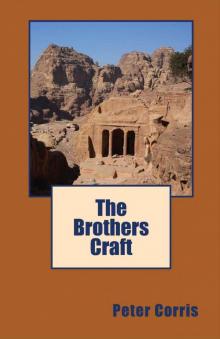 The Brothers Craft
The Brothers Craft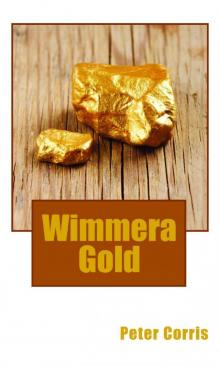 Wimmera Gold
Wimmera Gold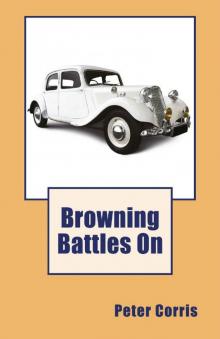 Browning Battles On
Browning Battles On Get Even
Get Even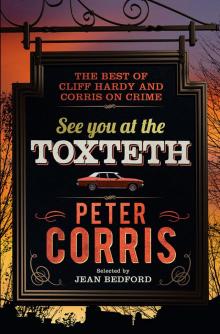 See You at the Toxteth
See You at the Toxteth Box Office Browning
Box Office Browning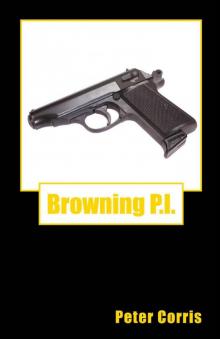 Browning PI
Browning PI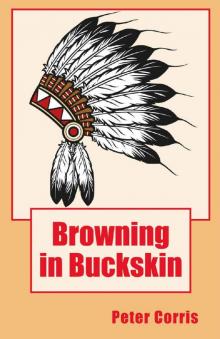 Browning in Buckskin
Browning in Buckskin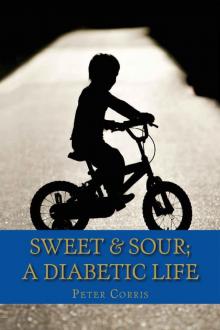 Sweet & Sour
Sweet & Sour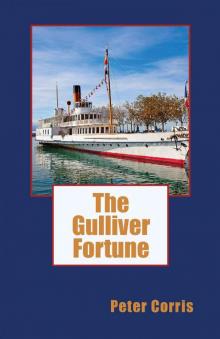 The Gulliver Fortune
The Gulliver Fortune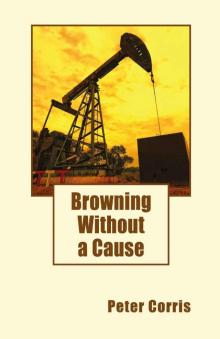 Browning Without a Cause
Browning Without a Cause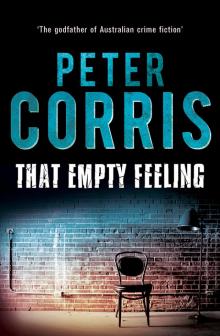 That Empty Feeling
That Empty Feeling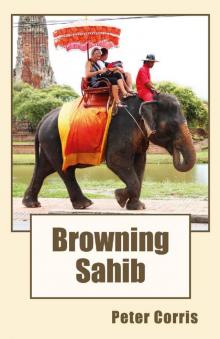 Browning Sahib
Browning Sahib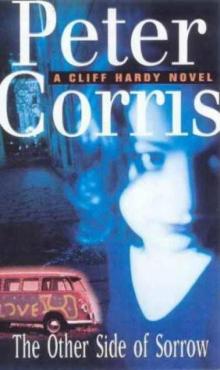 The Other Side of Sorrow ch-23
The Other Side of Sorrow ch-23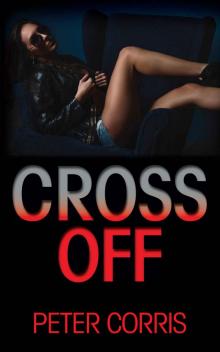 Cross Off
Cross Off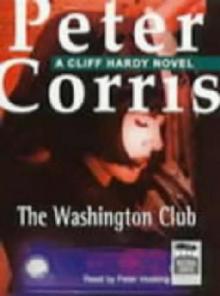 The Washington Club ch-19
The Washington Club ch-19 Deal Me Out ch-9
Deal Me Out ch-9 Deep Water ch-34
Deep Water ch-34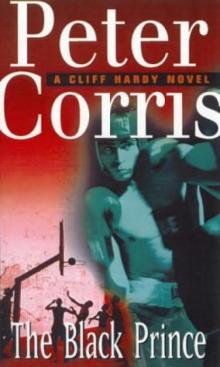 The Black Prince ch-22
The Black Prince ch-22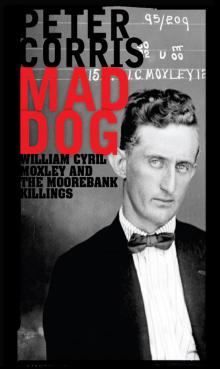 Mad Dog Moxley
Mad Dog Moxley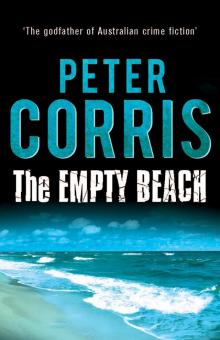 The Empty Beach
The Empty Beach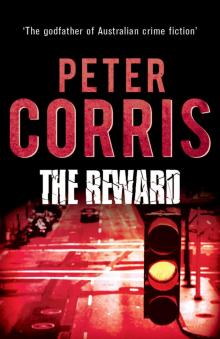 The Reward
The Reward Forget Me If You Can ch-20
Forget Me If You Can ch-20 O'Fear
O'Fear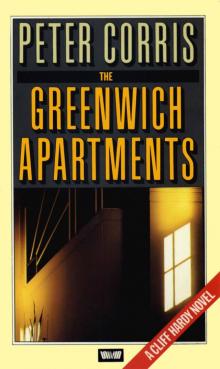 The Greenwich Apartments
The Greenwich Apartments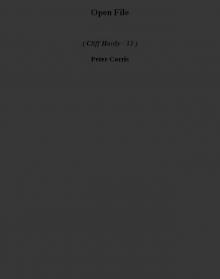 Open File ch-33
Open File ch-33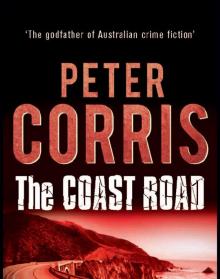 The Coast Road
The Coast Road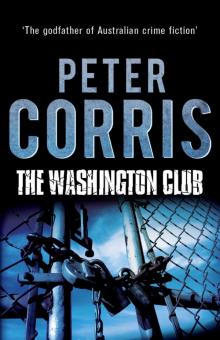 The Washington Club
The Washington Club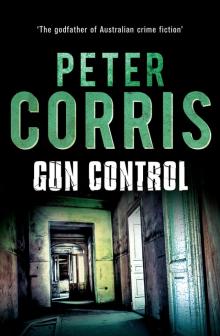 Gun Control
Gun Control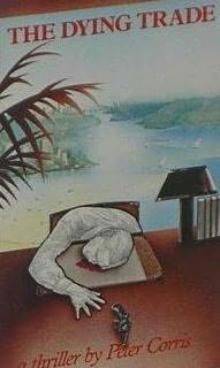 The Dying Trade ch-1
The Dying Trade ch-1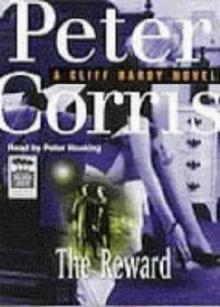 The Reward ch-21
The Reward ch-21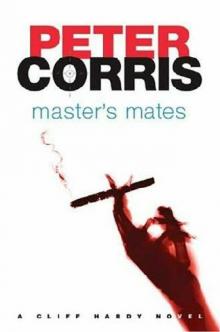 Master's mates ch-26
Master's mates ch-26![The Dunbar Case - [Cliff Hardy 38] Read online](http://i1.bookreadfree.com/i1/03/27/the_dunbar_case_-_cliff_hardy_38_preview.jpg) The Dunbar Case - [Cliff Hardy 38]
The Dunbar Case - [Cliff Hardy 38] The Winning Side
The Winning Side Burn, and Other Stories
Burn, and Other Stories Win, Lose or Draw
Win, Lose or Draw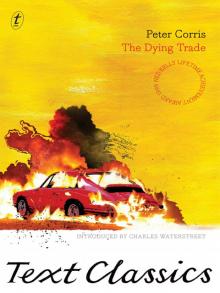 The Dying Trade
The Dying Trade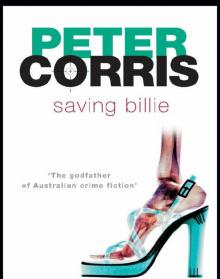 Saving Billie
Saving Billie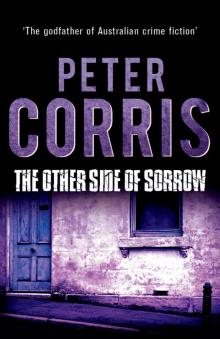 The Other Side of Sorrow
The Other Side of Sorrow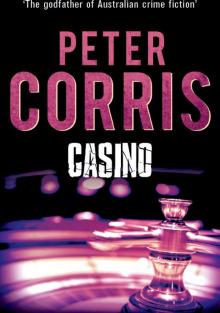 Casino
Casino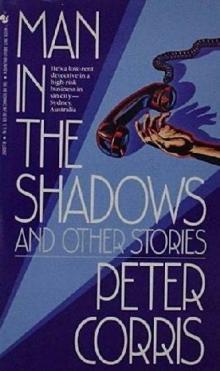 Man In The Shadows ch-11
Man In The Shadows ch-11 The January Zone ch-10
The January Zone ch-10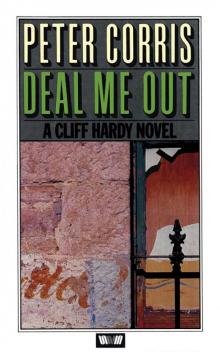 Deal Me Out
Deal Me Out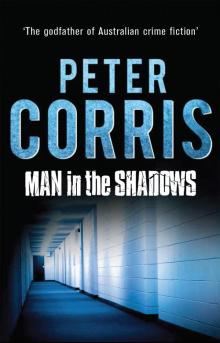 Man in the Shadows
Man in the Shadows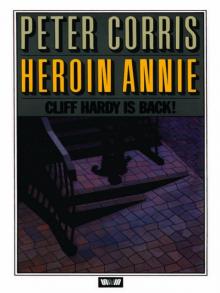 Heroin Annie
Heroin Annie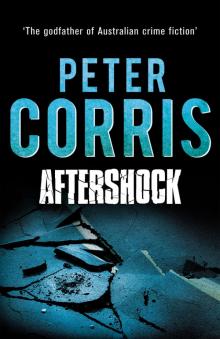 Aftershock
Aftershock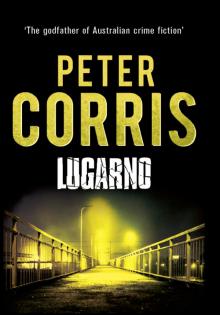 Lugarno
Lugarno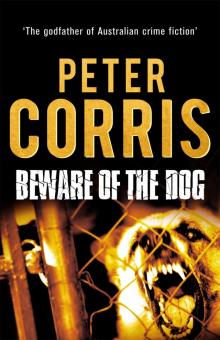 Beware of the Dog
Beware of the Dog Aftershock ch-14
Aftershock ch-14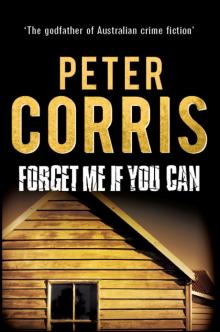 Forget Me If You Can
Forget Me If You Can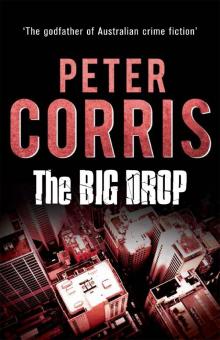 The Big Drop
The Big Drop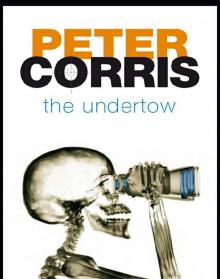 The Undertow
The Undertow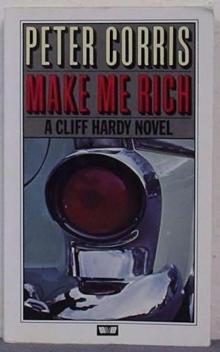 Make Me Rich ch-6
Make Me Rich ch-6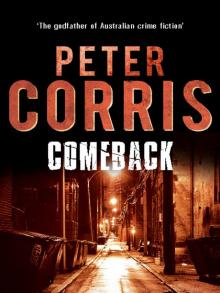 Comeback
Comeback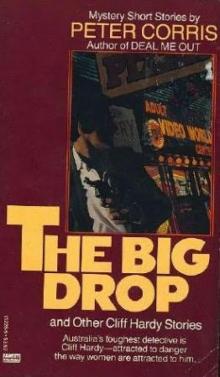 The Big Drop ch-7
The Big Drop ch-7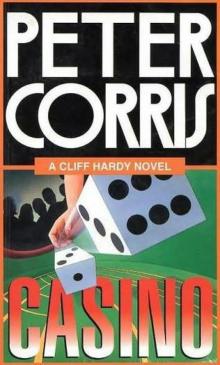 Casino ch-18
Casino ch-18![Comeback - [Cliff Hardy 37] Read online](http://i1.bookreadfree.com/i1/04/01/comeback_-_cliff_hardy_37_preview.jpg) Comeback - [Cliff Hardy 37]
Comeback - [Cliff Hardy 37]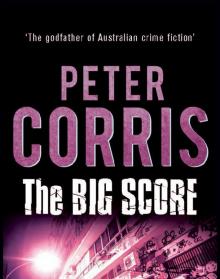 The Big Score
The Big Score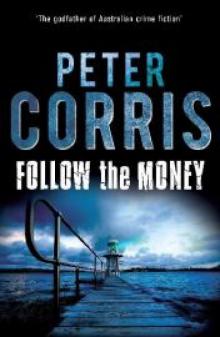 Follow the Money
Follow the Money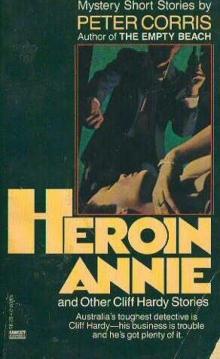 Heroin Annie ch-5
Heroin Annie ch-5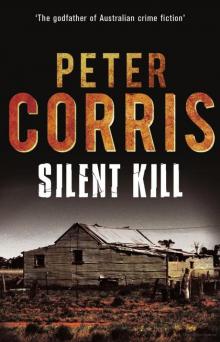 Silent Kill
Silent Kill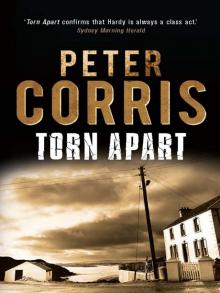 Torn Apart
Torn Apart The Marvellous Boy
The Marvellous Boy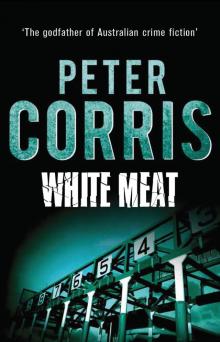 White Meat
White Meat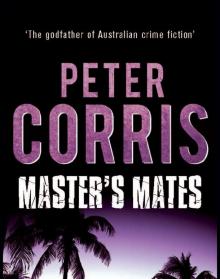 Master's Mates
Master's Mates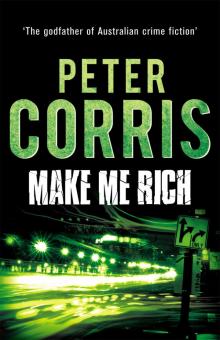 Make Me Rich
Make Me Rich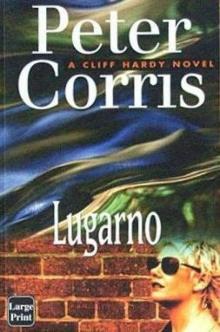 Lugarno ch-24
Lugarno ch-24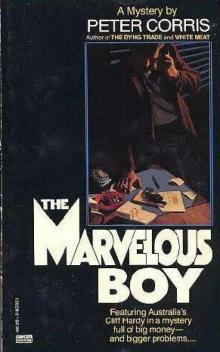 The Marvellous Boy ch-3
The Marvellous Boy ch-3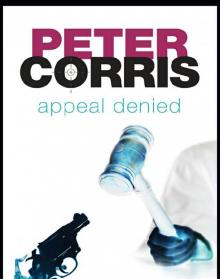 Appeal Denied: A Cliff Hardy Novel
Appeal Denied: A Cliff Hardy Novel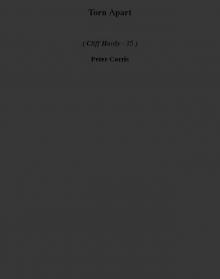 Torn Apart ch-35
Torn Apart ch-35 The January Zone
The January Zone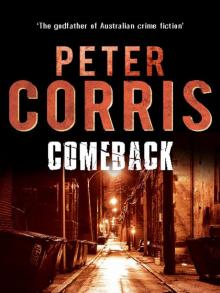 Comeback ch-37
Comeback ch-37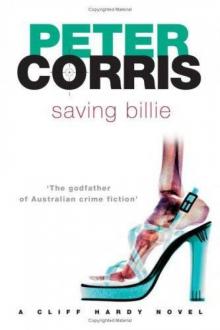 Saving Billie ch-29
Saving Billie ch-29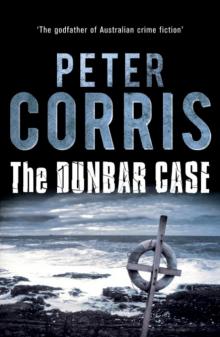 Dunbar Case
Dunbar Case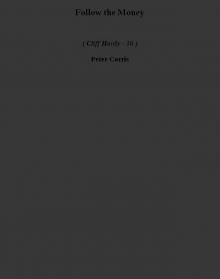 Follow the Money ch-36
Follow the Money ch-36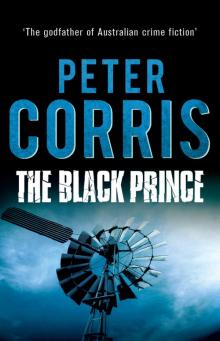 The Black Prince
The Black Prince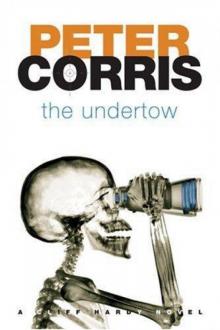 The Undertow ch-30
The Undertow ch-30 Taking Care of Business ch-28
Taking Care of Business ch-28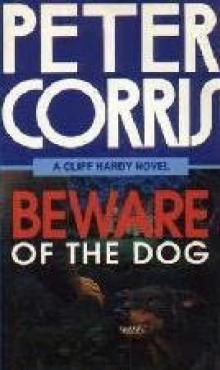 Beware of the Dog ch-15
Beware of the Dog ch-15 Burn and Other Stories ch-16
Burn and Other Stories ch-16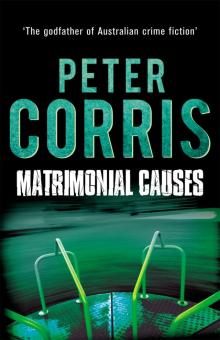 Matrimonial Causes
Matrimonial Causes Matrimonial Causes ch-17
Matrimonial Causes ch-17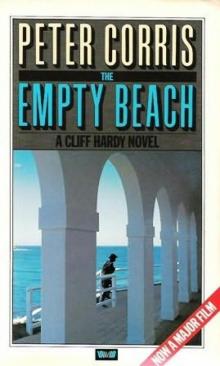 The Empty Beach ch-4
The Empty Beach ch-4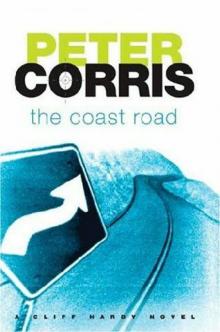 The Coast Road ch-27
The Coast Road ch-27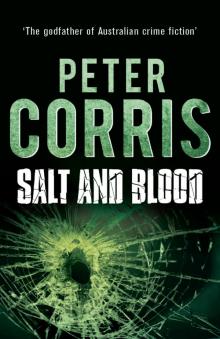 Salt and Blood
Salt and Blood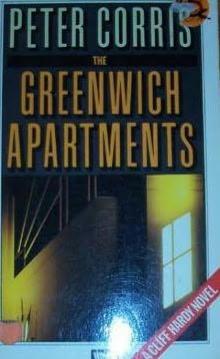 The Greenwich Apartments ch-8
The Greenwich Apartments ch-8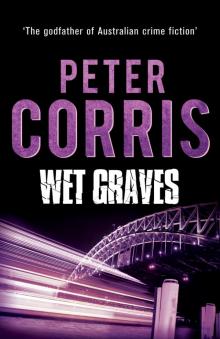 Wet Graves
Wet Graves